As I stepped off the plane and onto the vibrant streets of Tokyo, a city where ancient traditions seamlessly blend with futuristic innovations, I knew my quest for the best cultural experiences in Japan was about to be as thrilling as it was enlightening.
From the serene tea ceremonies to the electric buzz of neon-lit festivals, each moment promised a deep dive into the heart of Japanese culture. This journey wasn’t just about seeing; it was about experiencing. Join me as we explore the rich tapestry of cultural experiences that make Japan a truly unique destination.
Best Cultural Experiences in Japan: A Deep Dive into Japanese Heritage
Participate in a Traditional Tea Ceremony
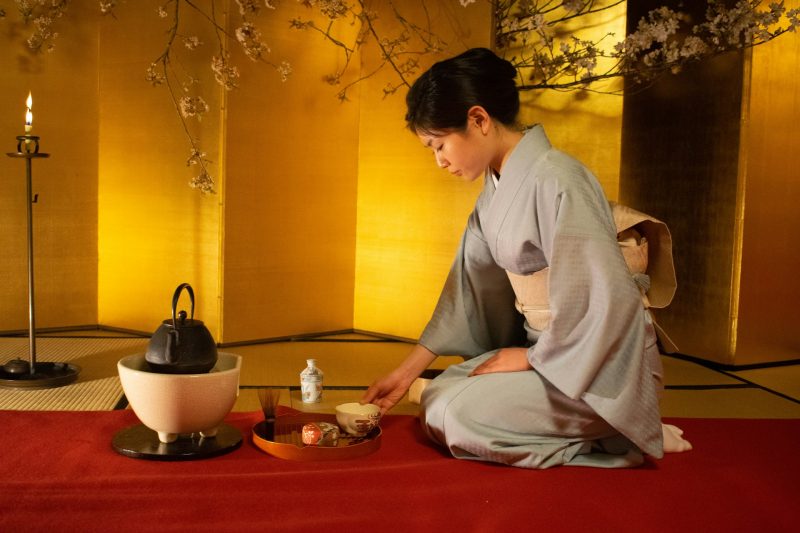
One of the quintessential cultural experiences in Japan is participating in a traditional tea ceremony. Known as ‘Chanoyu’ or ‘Sado’, this ritual is much more than just drinking tea; it’s a choreographed art that emphasizes respect, cleanliness, and tranquility. The experience allows you to embrace ‘wabi-sabi’, the beauty of imperfection, and learn about the philosophy behind each deliberate movement.
In order to partake in a tea ceremony, it is essential to grasp the intricacies of the etiquette and procedures involved. The host takes great care in preparing the tea, utilizing a finely ground green tea known as matcha, which is whisked with hot water until it reaches a frothy consistency.
The tea is then presented to guests in a tranquil and contemplative ambiance. Attendees are expected to adhere to specific customs, including bowing upon entering the tea room, sitting in the traditional seiza position, and employing precise hand gestures when receiving and savoring the tea.
For those seeking an authentic tea ceremony experience, there are several recommended places to visit in Japan. Kyoto, with its rich cultural heritage, is home to numerous tea houses where visitors can witness the artistry of tea preparation firsthand. The historic district of Kanazawa is another excellent destination for tea ceremonies, offering a glimpse into traditional Japanese architecture and aesthetics.
Explore the Gion District in Kyoto
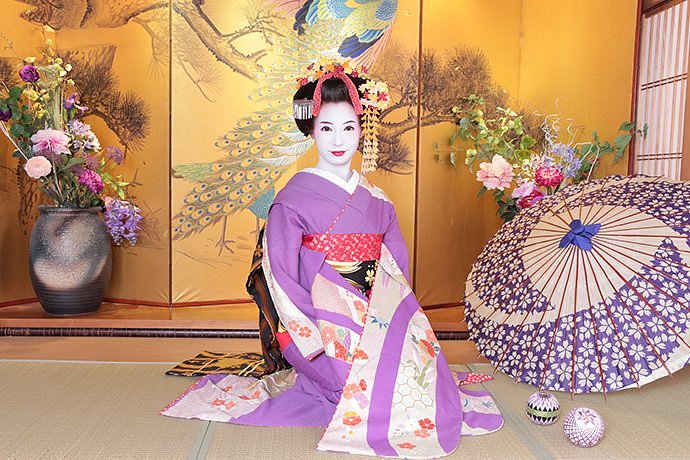
As you stroll through the streets of Kyoto’s Gion district, you can almost feel the weight of history and tradition that permeates the air. The district is a living museum of sorts, with its wooden machiya houses and exclusive ochaya tea houses providing a glimpse into a bygone era.
It’s easy to imagine the geishas of old, with their elaborate hairstyles and delicate kimonos, flitting from one engagement to the next. And if you’re lucky enough to catch a glimpse of a geisha or maiko on her way to work, you’ll be struck by the grace and poise with which she moves. For anyone interested in Japanese culture, a visit to Gion is an absolute must.
Sumo Wrestling Tournament: Japan’s National Sport and Cultural Icon
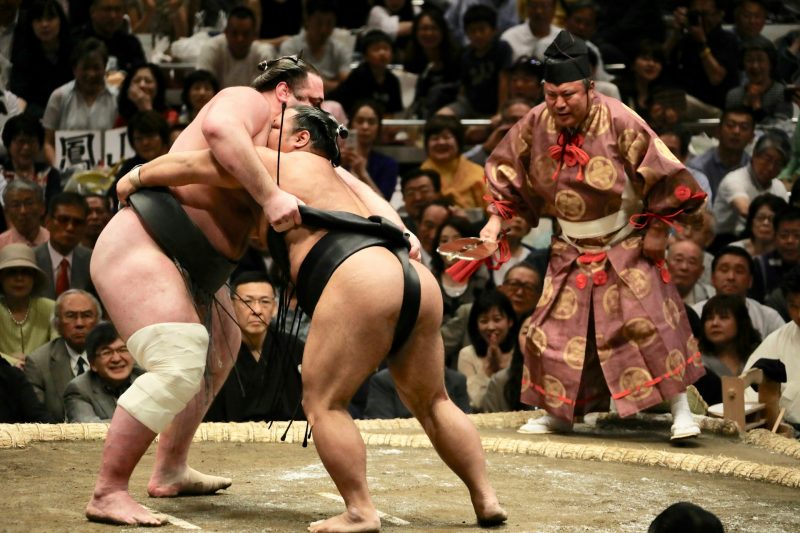
Sumo wrestling is not only Japan’s national sport but also a cultural icon that embodies strength, discipline, and tradition. Dating back over 1,500 years, sumo wrestling has deep roots in Shinto religious rituals and has evolved into a highly respected form of athletic competition.
Watching a sumo wrestling match is an exhilarating experience that showcases the physical prowess and skill of the wrestlers, known as “rikishi.” Matches take place in a circular ring called a “dohyo,” and the objective is to force the opponent out of the ring or make them touch the ground with any part of their body other than their feet.
To watch a sumo wrestling match, it is recommended to attend one of the six annual sumo tournaments held in Japan. These tournaments take place in Tokyo, Osaka, Nagoya, and Fukuoka and offer an opportunity to witness the intense battles between sumo wrestlers. It is advisable to book tickets in advance, as these tournaments attract large crowds.
Samurai Castles: A Glimpse into Japan’s Feudal Past: Best Cultural Experiences in Japan
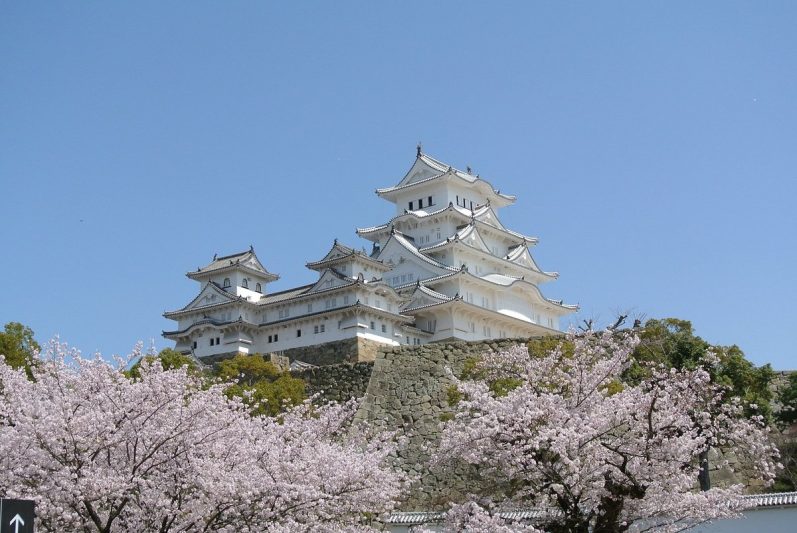
The samurai, renowned warriors of feudal Japan, hold a significant place in Japanese history and culture. Their legacy is preserved in the form of magnificent samurai castles, which served as both defensive fortresses and symbols of power. These castles offer a glimpse into Japan’s feudal past and provide visitors with a deeper understanding of samurai culture.
Samurai castles, also known as “shiro,” were built during the Edo period (1603-1868) and were designed to withstand attacks from rival clans. They feature impressive architectural elements such as massive stone walls, moats, and intricate wooden structures. Inside the castles, visitors can explore various rooms, including living quarters, armories, and lookout towers.
There are several recommended samurai castles to visit in Japan. Himeji Castle, located in Himeji City, is one of the most famous and well-preserved castles in the country. Its elegant white exterior and complex defensive system make it a UNESCO World Heritage site. Another notable castle is Matsumoto Castle in Nagano Prefecture, known for its striking black exterior and picturesque surroundings.
Experience Hanami: Cherry Blossom Viewing
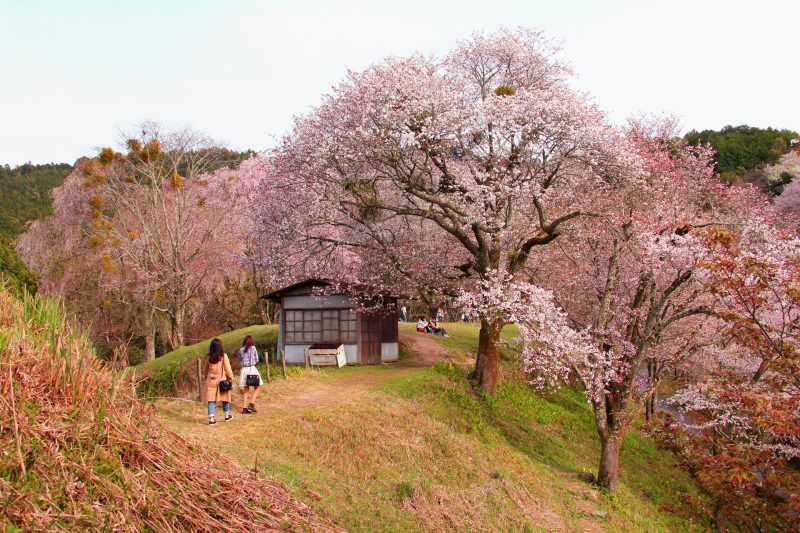
The tradition of Hanami, which translates to “flower viewing,” is a cherished cultural event in Japan. It is a time when people come together to appreciate the beauty of the cherry blossoms, which symbolize the fleeting nature of life.
The practice dates back to the Nara period (710-794), when aristocrats would gather for picnics under the blooming sakura trees. Today, Hanami is enjoyed by people of all ages and backgrounds, who come together with family, friends, and coworkers to celebrate the arrival of spring. The atmosphere is festive, with food and drinks being shared among the group.
The cherry blossoms are admired for their delicate pink and white petals, which create a stunning backdrop for photographs and socializing. Hanami is not just about enjoying the beauty of nature; it is also rooted in Japanese aesthetics and philosophy, emphasizing the importance of living in the moment and appreciating the transience of life.
Dive into Japanese Cuisine through Cooking Classes
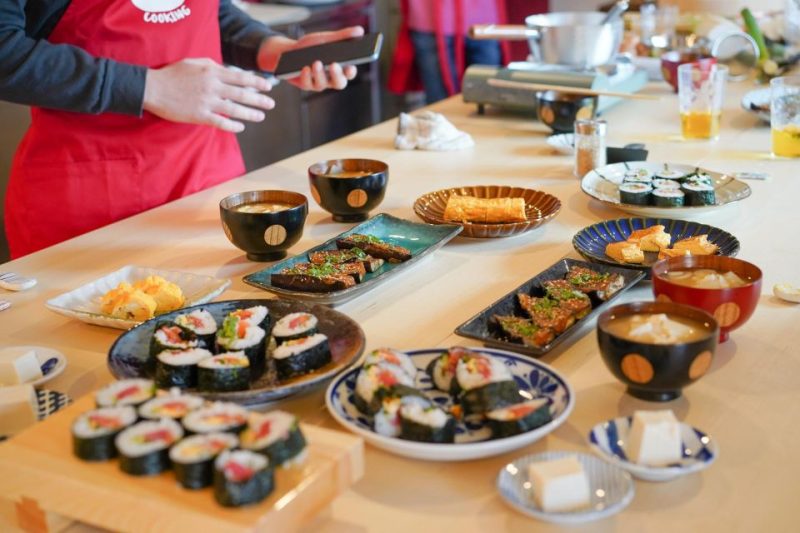
Japanese cuisine is considered to be one of the most refined and sophisticated in the world. It is known for its emphasis on using fresh, high-quality ingredients, as well as its attention to detail and precision in preparation.
From delicate sushi rolls to hearty bowls of ramen, Japanese dishes are beloved for their unique flavors and textures. However, for those who are unfamiliar with Japanese cuisine, it can be intimidating to try and recreate these dishes at home. That’s where taking a cooking class can be incredibly helpful.
By learning from experienced chefs, you can demystify the process of making sushi, ramen, and tempura, and gain a deeper understanding of the local ingredients and culinary techniques that define Japanese cooking.
Whether you’re a seasoned home cook or a complete beginner, a Japanese cooking class can be a fun and educational way to expand your culinary horizons and discover new flavors and techniques.
Kimono Dressing Experience: A Fascinating Art of Traditional Japanese Fashion
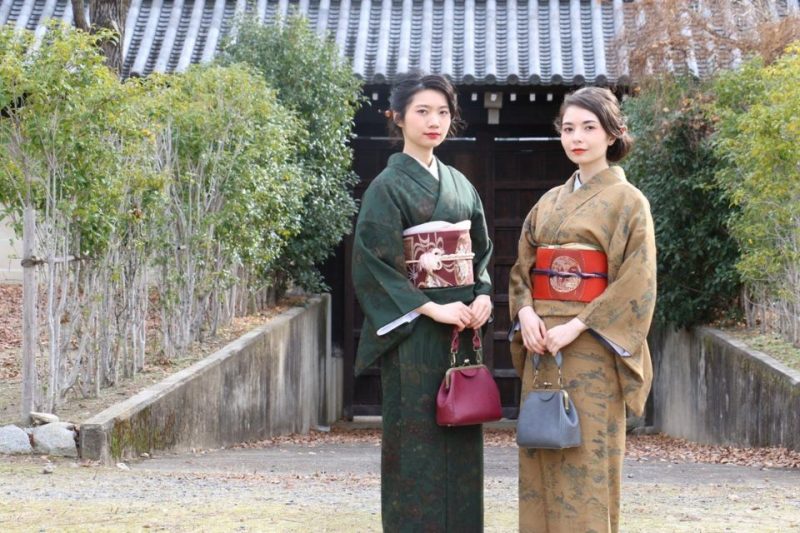
The kimono is a traditional Japanese garment that holds immense cultural significance. Kimono dressing, known as “kitsuke,” is an art form that requires skill and precision. It involves wrapping the kimono around the body using various techniques and securing it with an obi (a wide belt).
There are different types of kimonos for various occasions and seasons. The formal kimono, known as “furisode,” is worn by unmarried women during special events and ceremonies. The casual kimono, called “yukata,” is often worn during summer festivals and is made of lightweight cotton fabric.
To experience kimono dressing firsthand, there are several places in Japan that offer rental services and dressing experiences. Kyoto, with its rich cultural heritage, is an ideal destination to immerse yourself in traditional Japanese fashion. Tokyo also offers numerous kimono rental shops, allowing visitors to explore the city while dressed in this elegant attire.
Stay in a Traditional Ryokan
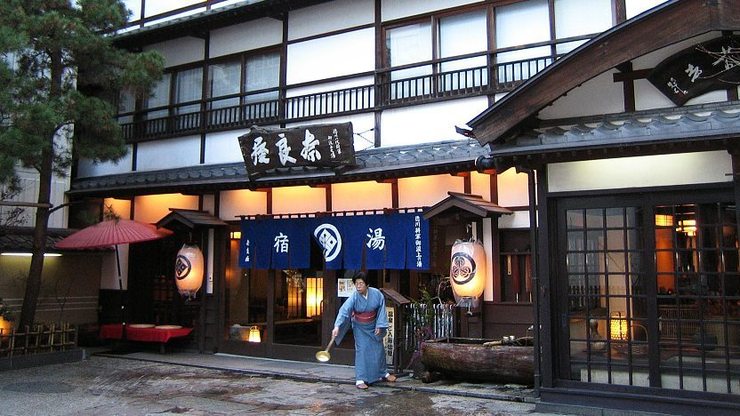
If you’re looking for a truly immersive experience of Japanese culture, there’s no better way to do it than by staying in a ryokan. These traditional inns offer a glimpse into the country’s rich history and hospitality.
The rooms are typically floored with tatami mats and furnished with futon beds, providing a comfortable and authentic sleeping experience. The communal baths, known as onsen, are a must-try for anyone visiting Japan.
These hot springs are believed to have healing properties and are a popular pastime for locals and tourists alike. Finally, the kaiseki meals served at ryokans are a culinary delight.
These multi-course meals feature seasonal ingredients and showcase the artistry of Japanese cuisine. Overall, staying in a ryokan is an unforgettable way to experience the warmth and hospitality of Japanese culture.
Zen Meditation Retreat: A Path to Inner Peace and Enlightenment
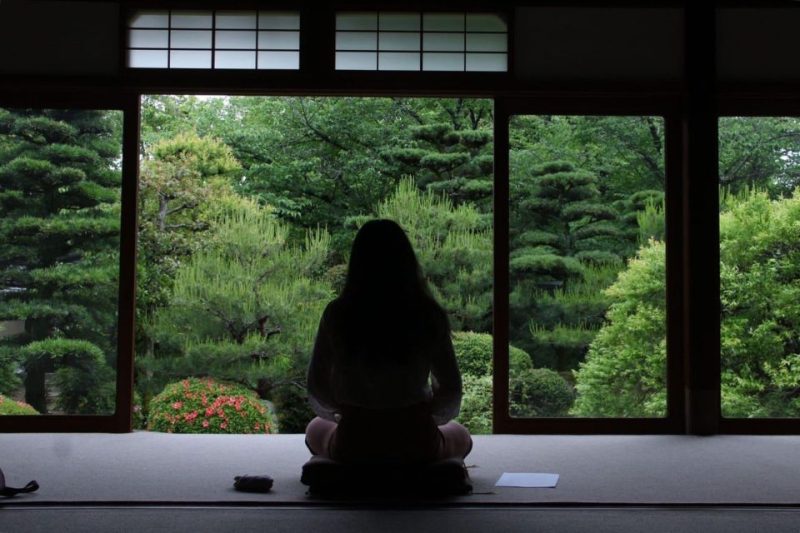
Visiting a Zen temple and learning meditation techniques from Buddhist monks can provide profound insights into your mind as well as Japanese spiritual practices. This peaceful experience often includes walking through beautiful temple gardens that enhance your journey into mindfulness.
To practice Zen meditation, one must find a quiet and comfortable space where they can sit in a cross-legged position or on a meditation cushion. The focus is on maintaining an upright posture while observing the breath and letting go of distracting thoughts. The goal is to cultivate a state of calmness and clarity.
There are several recommended Zen meditation centers to visit in Japan. The Daitokuji Temple in Kyoto offers meditation sessions led by experienced monks, providing an authentic Zen experience. The Engakuji Temple in Kamakura is another notable destination, known for its serene atmosphere and beautiful surroundings.
Take Part in an Ikebana Flower Arranging Class
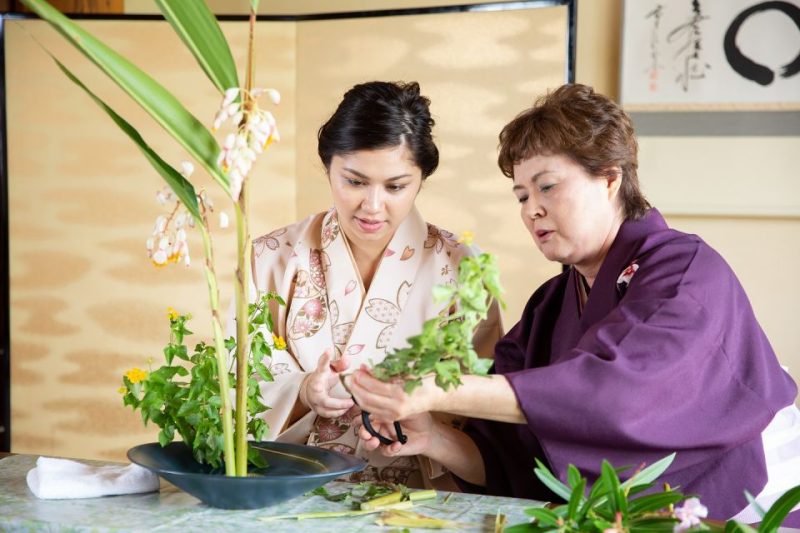
Ikebana is a traditional Japanese art form that involves the arrangement of flowers in a way that goes beyond just putting them in a vase. It is an art that requires careful consideration of harmony, color use, rhythm, and composition. In an Ikebana class, students learn to appreciate the beauty of nature and develop patience through the structured yet creative expressions of this art form.
Ikebana is not just about arranging flowers; it is about creating a work of art that reflects the beauty and simplicity of Japanese culture. Through Ikebana, students learn to appreciate the natural world and develop a deeper understanding of the importance of balance and harmony in life. Ikebana is a beautiful and meaningful art form that has been passed down through generations in Japan and continues to inspire people around the world today.
Explore Traditional Crafts
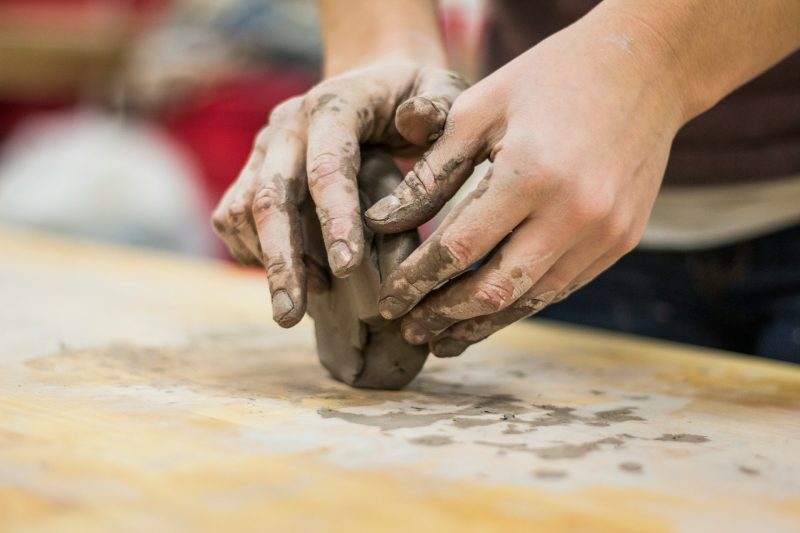
Pottery making is a popular activity in Japan, especially in towns like Mashiko and Seto. These towns are known for their rich pottery traditions and offer workshops where visitors can try their hand at crafting earthenware using techniques that have been passed down through generations.
This hands-on experience is a great way to learn about the history and culture of pottery making in Japan while creating your own unique souvenir to take home. Additionally, by participating in these workshops, you are supporting local artisans who are dedicated to preserving traditional crafts.
It’s a win-win situation that allows you to connect with the local community and take part in a beloved Japanese tradition. Whether you’re a beginner or an experienced potter, there’s something for everyone in these workshops, and the end result is always a beautiful piece of art that you can cherish for years to come.
Discover Noh Theatre: Best Cultural Experiences in Japan
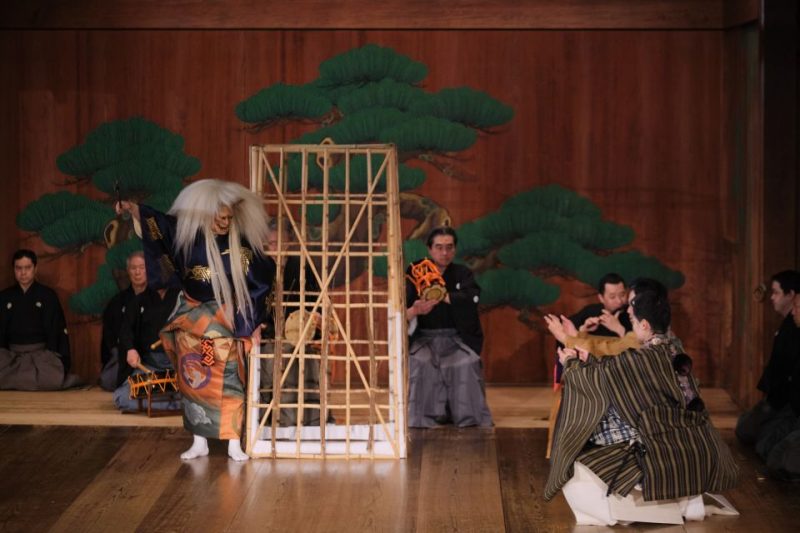
Noh theatre is a traditional Japanese performing art that has been around for centuries. It is known for its unique style, which includes masked performances, slow movements, and poetic language. Unlike Western theatrical traditions, Noh theatre emphasizes subtlety and understatement rather than dramatic effects.
The actors wear masks that represent different characters, and their movements are carefully choreographed to convey emotion and meaning. The language used in Noh theatre is also highly poetic, with a focus on symbolism and metaphor. Despite its differences from Western theatre, Noh theatre is deeply expressive and has a rich cultural history that continues to be celebrated today.
Calligraphy: A Timeless Art of Writing and Expression
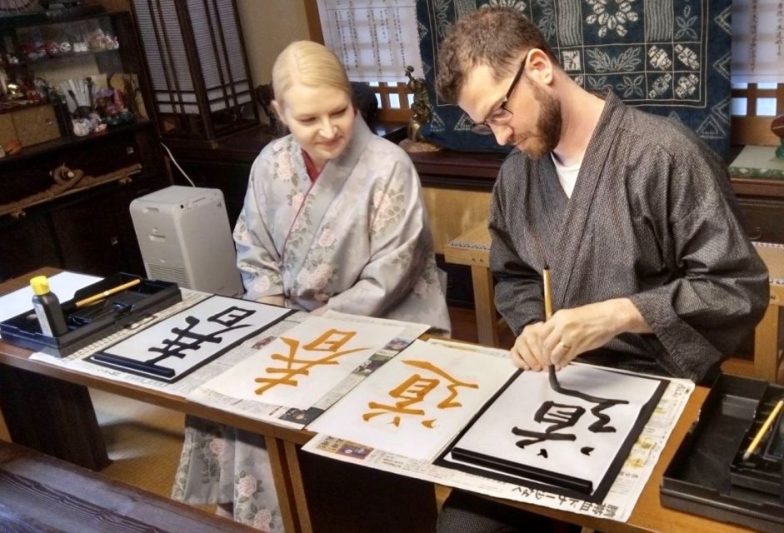
Calligraphy, known as “shodo” in Japanese, is a traditional art form that involves writing characters using a brush and ink. It is not merely a means of communication but also a form of artistic expression that requires discipline, precision, and creativity.
In Japanese calligraphy, each stroke carries meaning and conveys the artist’s emotions and intentions. The brushwork must be executed with grace and balance to create harmonious characters. Calligraphy is often practiced as a form of meditation, allowing the artist to focus their mind and cultivate mindfulness.
To practice calligraphy, one must first learn the basic techniques and strokes. There are several calligraphy classes available in Japan that cater to beginners and advanced learners alike. These classes provide guidance from experienced calligraphers and offer an opportunity to explore this timeless art form.
Manga Drawing Lesson: A Modern Twist on Japan’s Rich Cultural Legacy
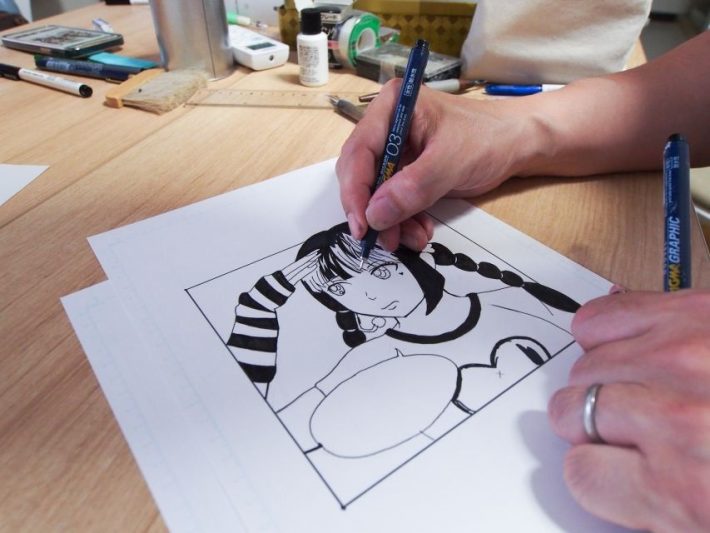
Japanese popular culture has become inseparable from manga and anime, captivating audiences worldwide with their distinctive storytelling and vibrant visuals. Manga refers to Japanese comic books, while anime refers to animated television shows and films.
These mediums cover a diverse range of genres, including fantasy, science fiction, romance, and slice of life. They often explore complex themes and narratives, appealing to both children and adults. The art styles vary greatly, showcasing the diversity and creativity of Japanese artists.
To delve into the world of manga and anime, there are several recommended museums to visit in Japan. The Ghibli Museum in Tokyo celebrates the works of renowned animation studio Studio Ghibli, offering an immersive experience into their enchanting films. The Kyoto International Manga Museum is another must-visit destination, housing an extensive collection of manga from various genres and eras.
Kabuki Theater Performance: A Unique Blend of Drama, Music, and Dance
Kabuki theatre is a traditional form of Japanese performing arts that combines drama, music, and dance. With its elaborate costumes, stylized makeup, and dynamic performances, kabuki offers a unique and captivating experience for audiences.
Originating in the early 17th century, kabuki theatre has evolved into a highly stylized art form that tells stories from Japanese history, folklore, and literature. Performances are characterized by exaggerated gestures, dramatic facial expressions, and intricate choreography. The actors, known as “kabuki-za,” are predominantly male, with specialized roles for female characters played by male actors.
To fully appreciate the artistry of kabuki theatre, there are several recommended theatres to visit in Japan. The Kabukiza Theatre in Tokyo is the most famous kabuki venue and offers daily performances throughout the year. The Minamiza Theatre in Kyoto is another notable destination, known for its historical significance and traditional architecture.
Conclusion: Best Cultural Experiences in Japan
From participating in age-old rituals like tea ceremonies to celebrating amidst cherry blossoms or engaging with local artisans through pottery making classes—the best cultural experiences in Japan are as diverse as they are profound. Each activity not only offers fun but also deepens understanding of this fascinating country’s heritage and contemporary identity—making every moment spent here truly unforgettable.




Be the first to comment